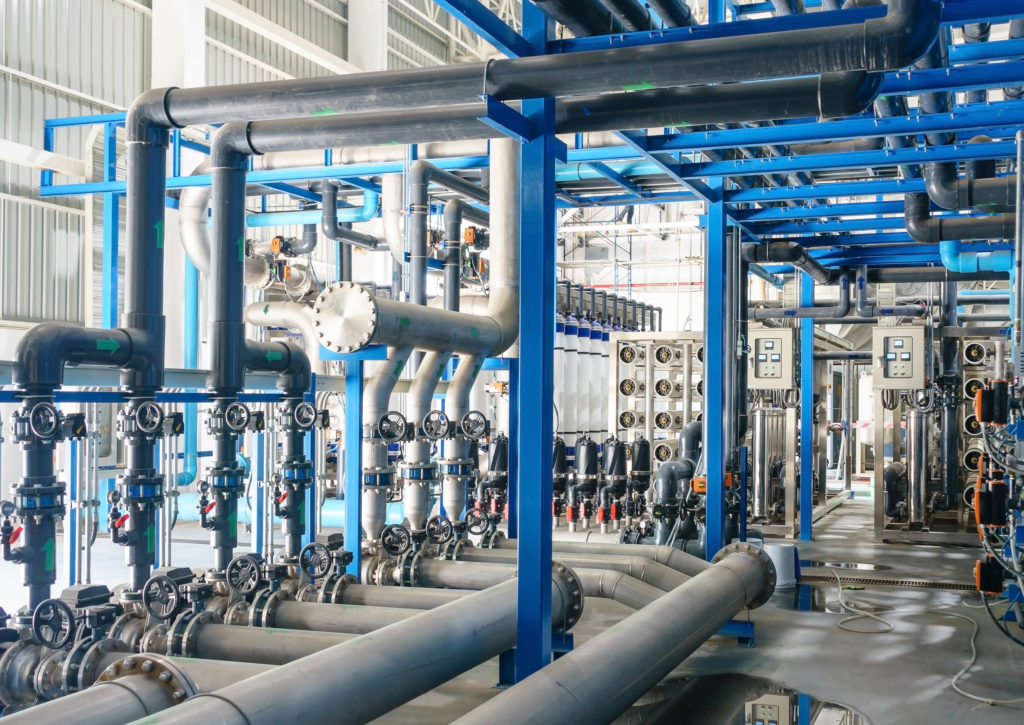Membrane Filtration: Reverse Osmosis
The final type of specialized filtration that this blog series will explore is reverse osmosis. Reverse osmosis, or RO for short, is a popular choice across many industries for its ability to produce consistent high purity water that is well-suited for many industrial processes. As with any form of filtration, reverse osmosis has pros and cons that should be weighed to determine whether RO is a good fit for your goals.
The Reverse Osmosis Process
Reverse Osmosis involves a semi-permeable membrane which allows water to pass through, but blocks contaminants from passing along with it. Without diving into a full chemistry lesson, RO works by using an applied pressure to overcome natural osmotic pressure and forces pure water to separate from contaminants. This means that a variety of factors need to be considered when designing an RO system, including the concentration of the feedwater, the pressure of the feedwater, water temperature and more.

Advantages and Disadvantages
Reverse osmosis is popular thanks to its ability to achieve highly pure water. More than any other type of filtration that we have discussed so far, RO’s results are the purest, and can be used in a number of applications in different industries, from PCB fabrication to food and beverage, manufacturing and much more. To learn more about using reverse osmosis to treat water, check out our webpage here, or contact us with any questions you have!
